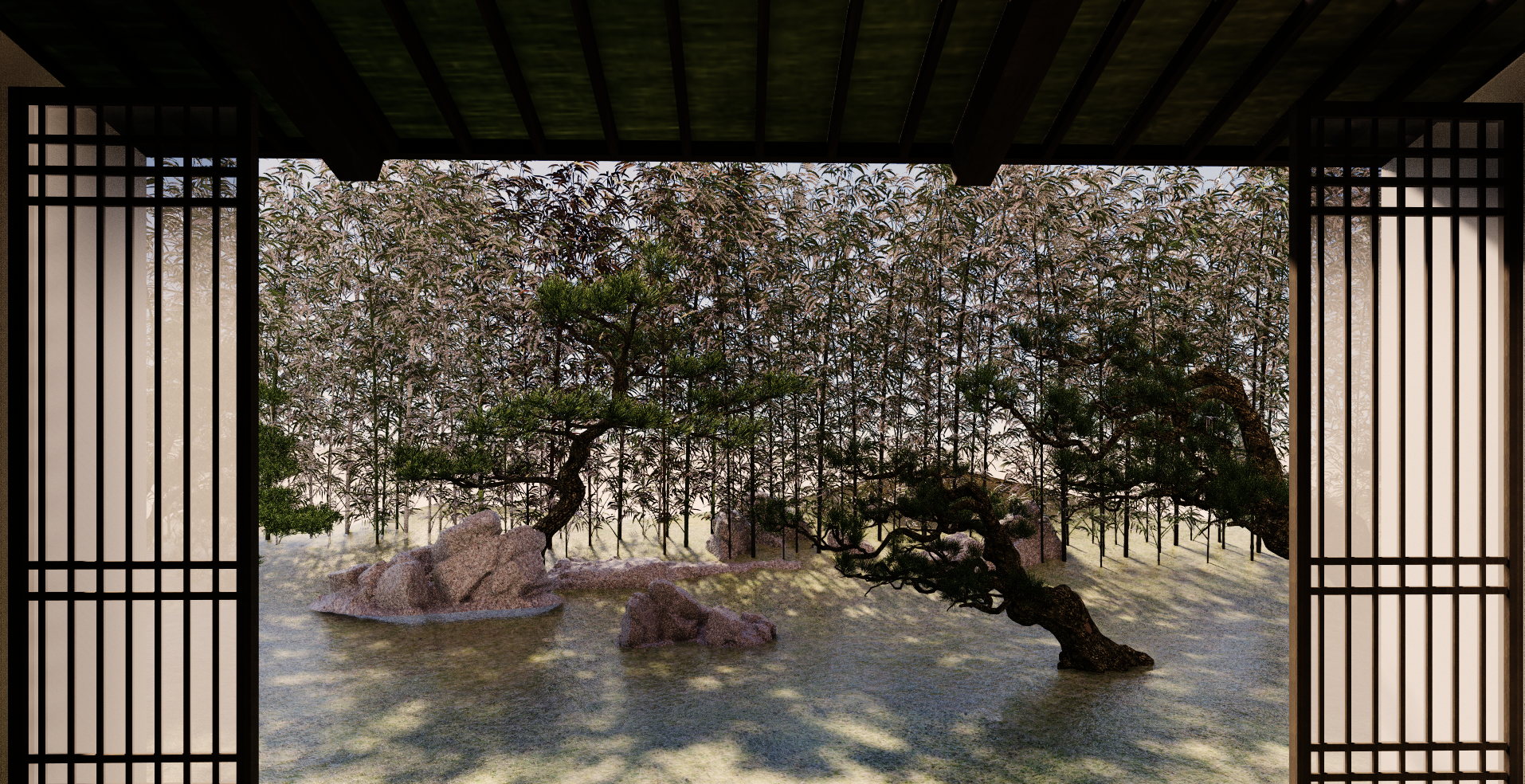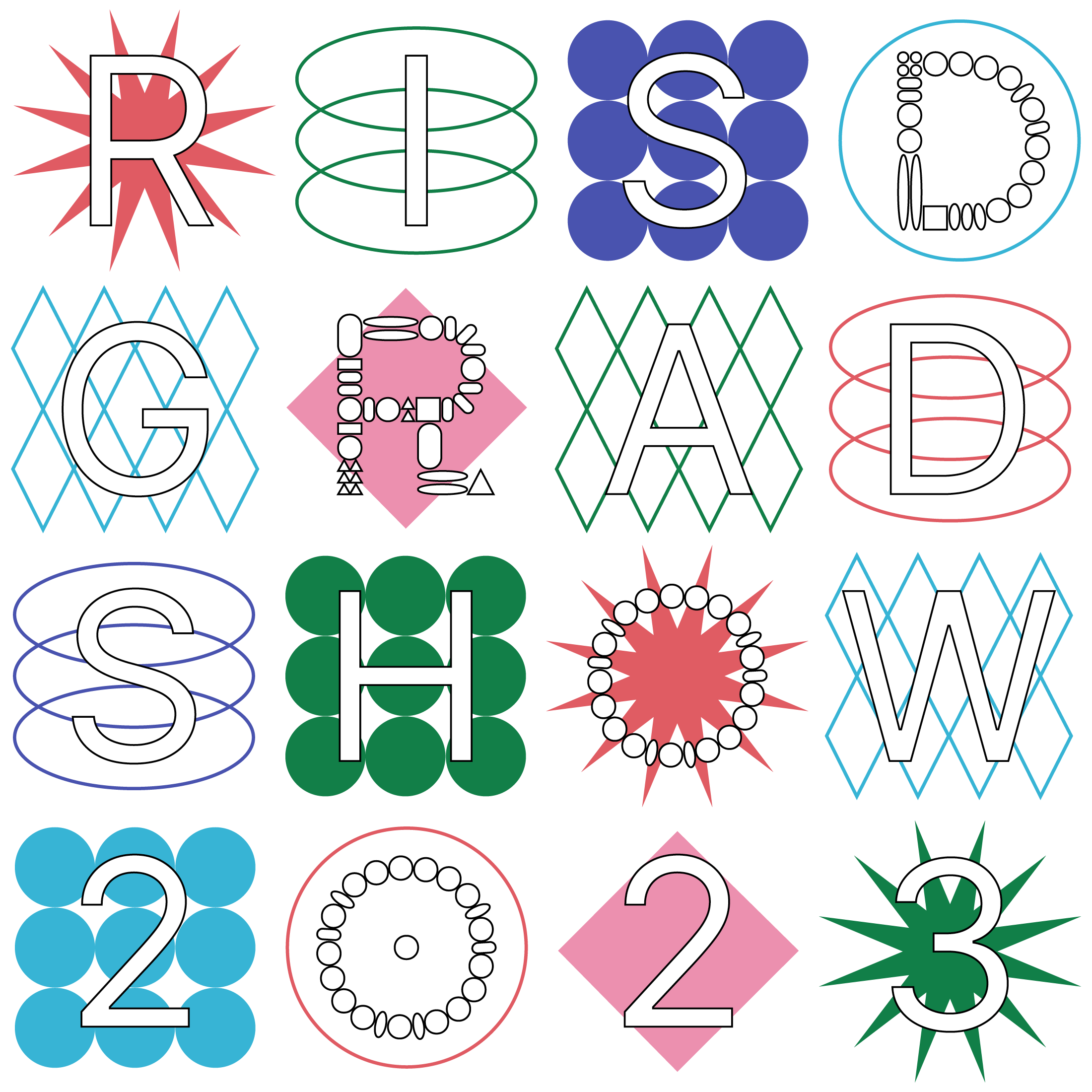Hongli Song
THE REVIVAL OF CHINESE TEA CEREMONY
The history of tea dates back to ancient China, almost 5,000 years ago, though at this point tea is well-integrated into the history and civilization of various countries throughout the world. However, China, as the birthplace of the tea ceremony, has lost widespread understanding of the traditions they innovated.
In the context of urban daily life, I want to use the capabilities of space to tell the story of this vital tool to connect humans with nature and each other. Based on collected ancient materials, this thesis will reveal a blueprint for the physical setting necessary for Chinese tea ceremony culture to survive. The next goal of the design is to apply this blueprint throughout modern urban space, so that the ancient culture can not only enter Chinese people's lives again, but also people who live in other countries. So, the spirits of this important tradition can be passed on.
The history of tea dates back to ancient China, almost 5,000 years ago, though at this point tea is well-integrated into the history and civilization of various countries throughout the world. However, China, as the birthplace of the tea ceremony, has lost widespread understanding of the traditions they innovated.
Image
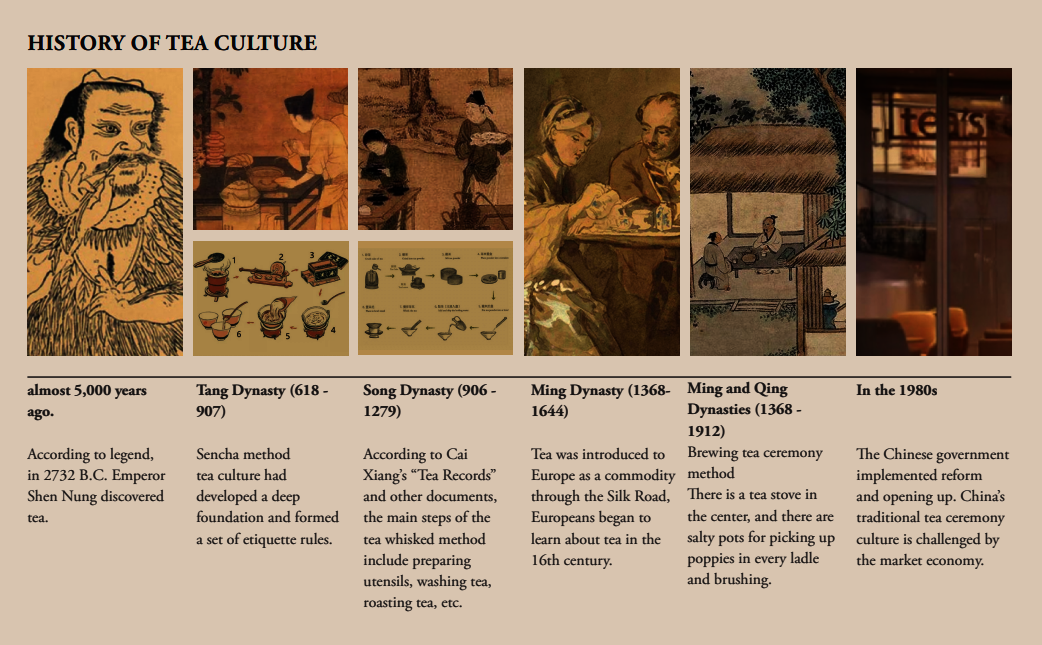
Image
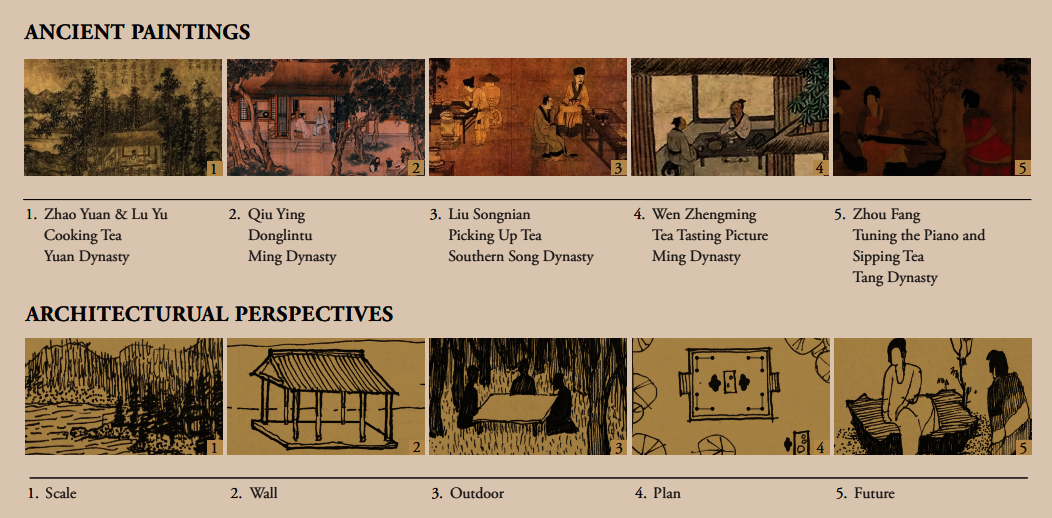
Restoration of the tea ceremony space for the Ming Dynasty tea making method.
Image
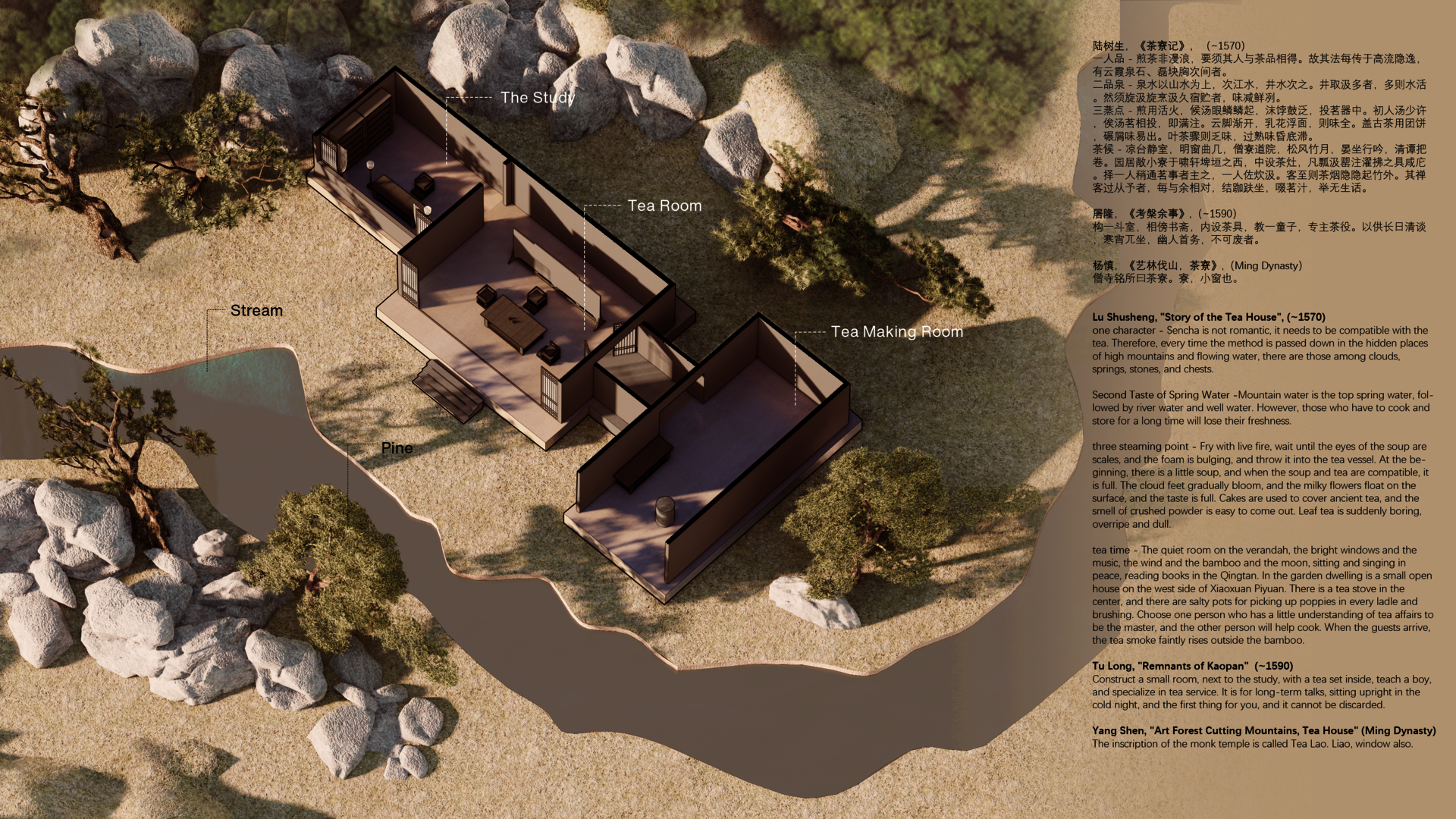
The next step of design is to apply the blueprint throughout modern urban space, so that the ancient culture can not only enter Chinese people's lives again, but also people who live in other countries.
Image
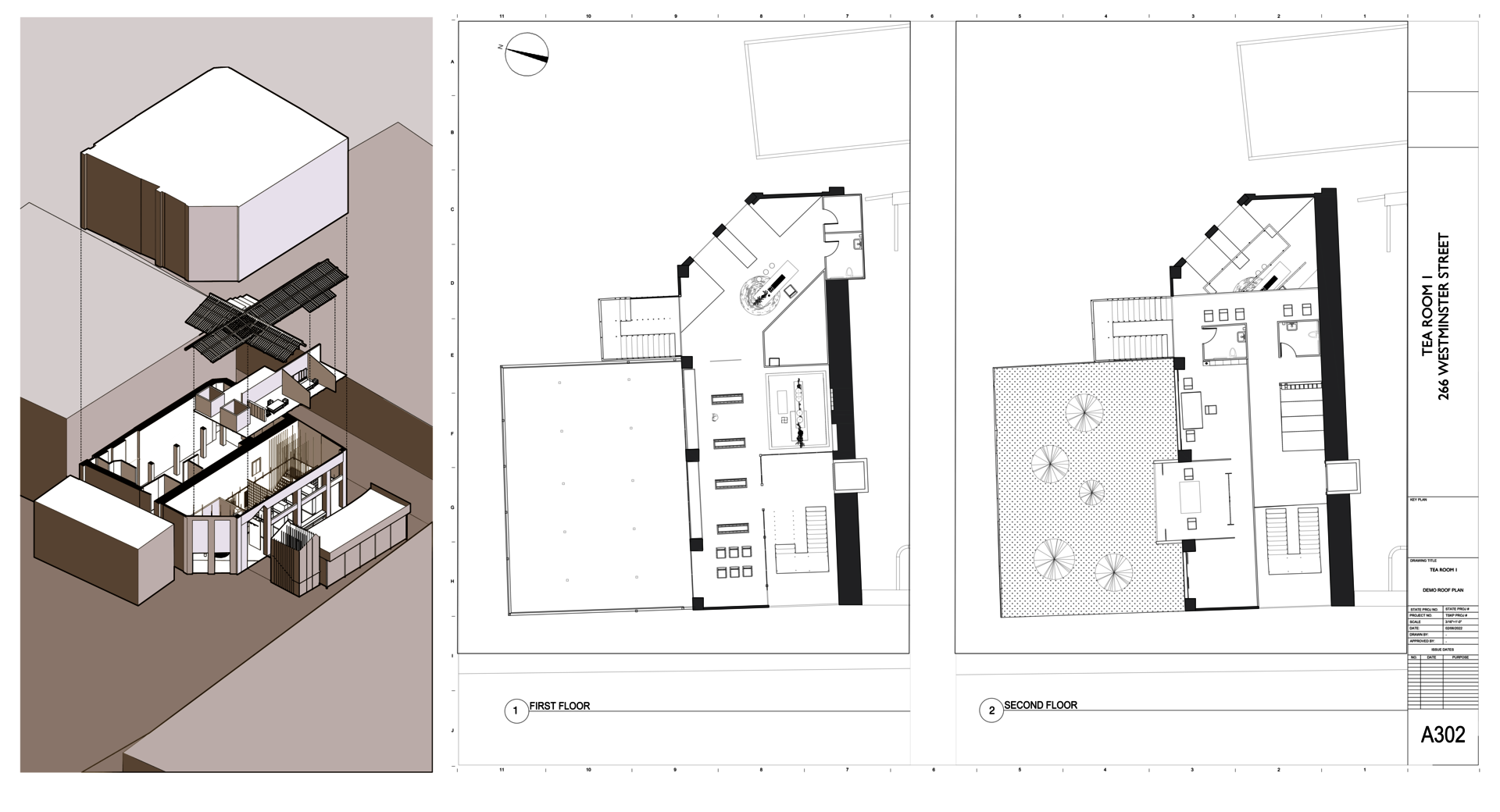
Asian including Chinese and other races population on east coast.
Image
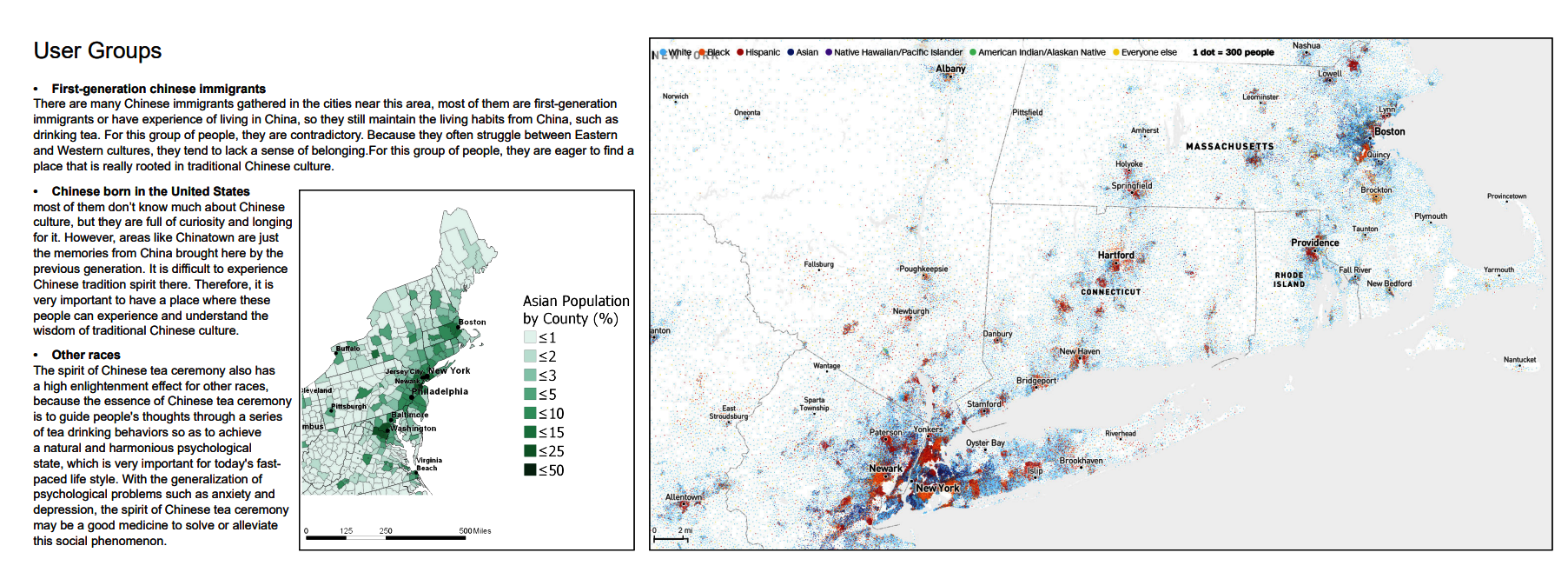
People first will cross the bridge into the reception area, which is a double-height transitional space.
Image
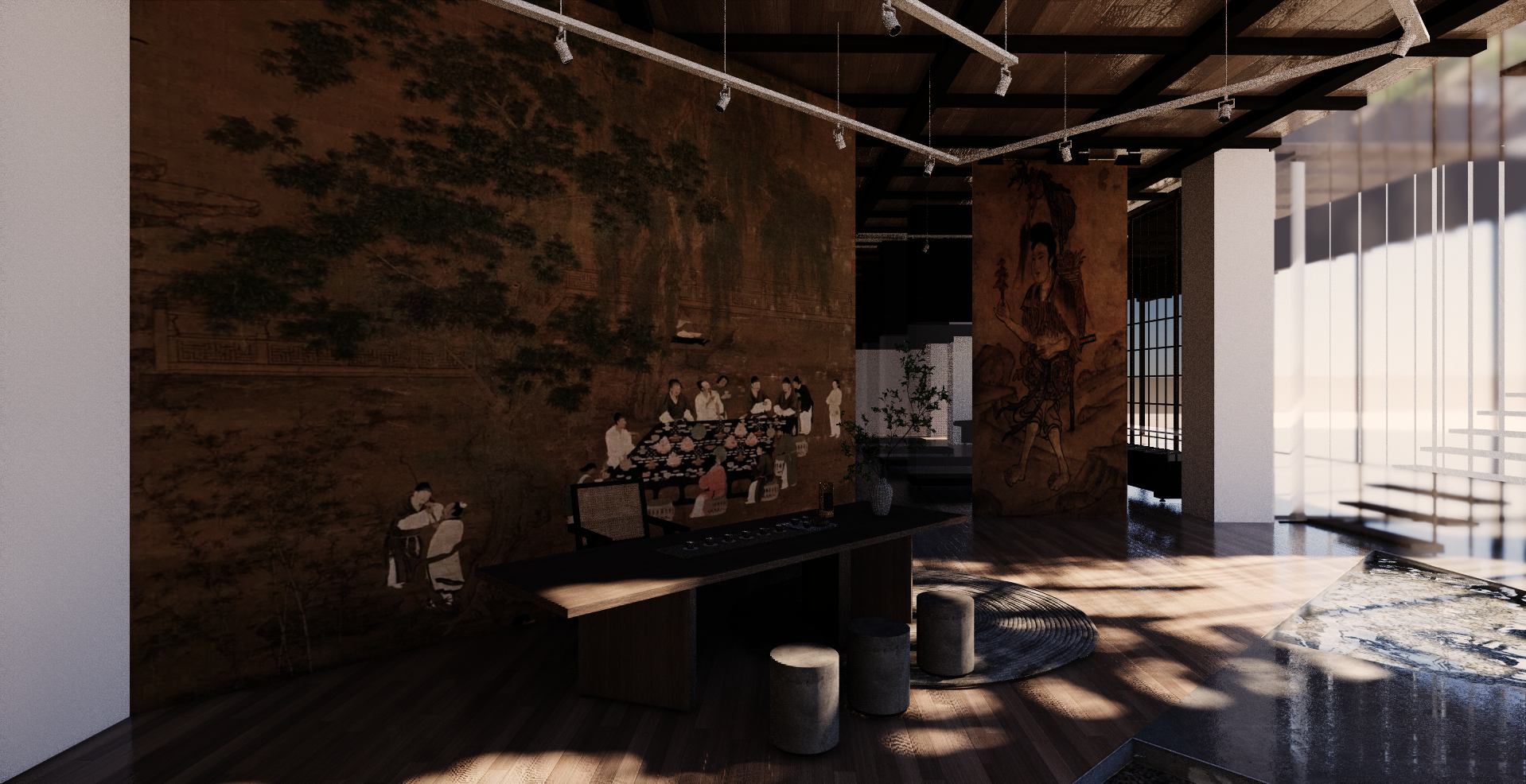
The exhibition space on the first floor combines physical objects and ancient paintings to restore the characteristics of tea ceremony culture in various historical periods from multiple perspectives.
Image
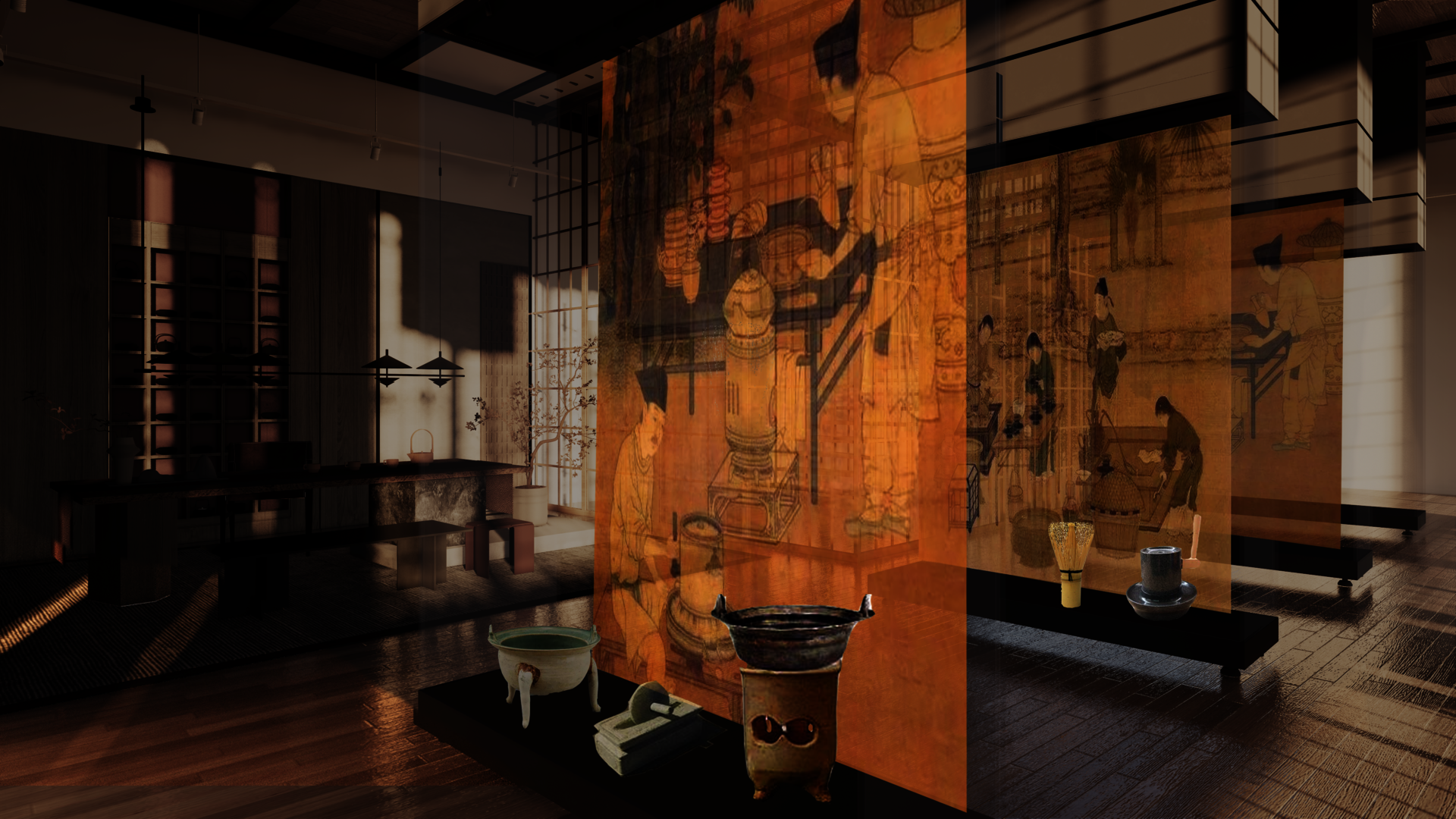
The stairs leading to the tearoom on the second floor are surrounded by bamboo forests, making people feel like they are walking through the mountains, and also allowing the visitors to gradually escape from the environment of the exhibition hall and walk into nature.
Image
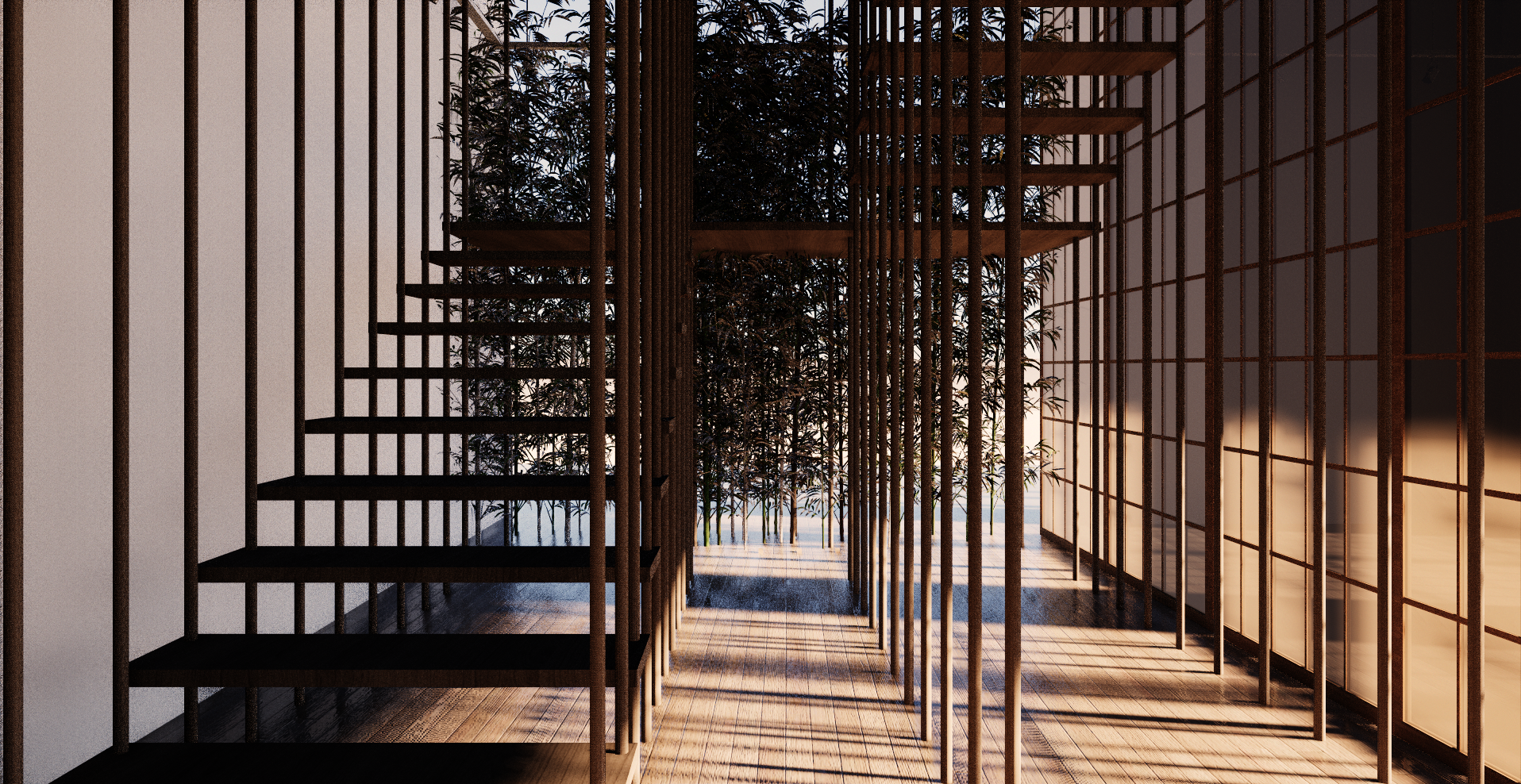
In ancient times, the tearoom was usually connected with the study room. This scheme also incorporates this feature into the design. People can read, discuss or write poems in this space.
Image
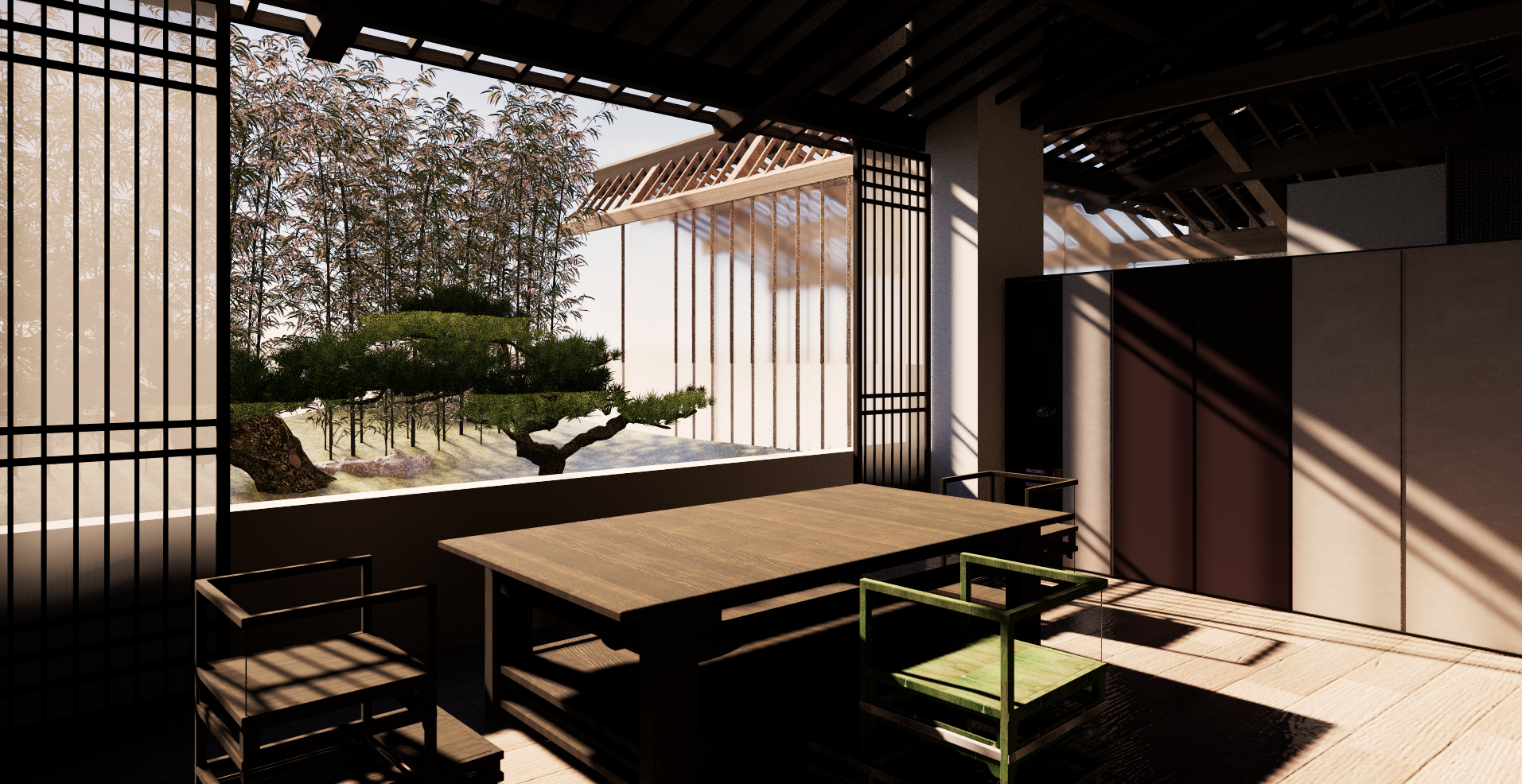
The tearoom is surrounded by garden vegetation and blocks people's view of other adjacent buildings, making the visitors seem to come to a natural environment far away from the city.
Image
